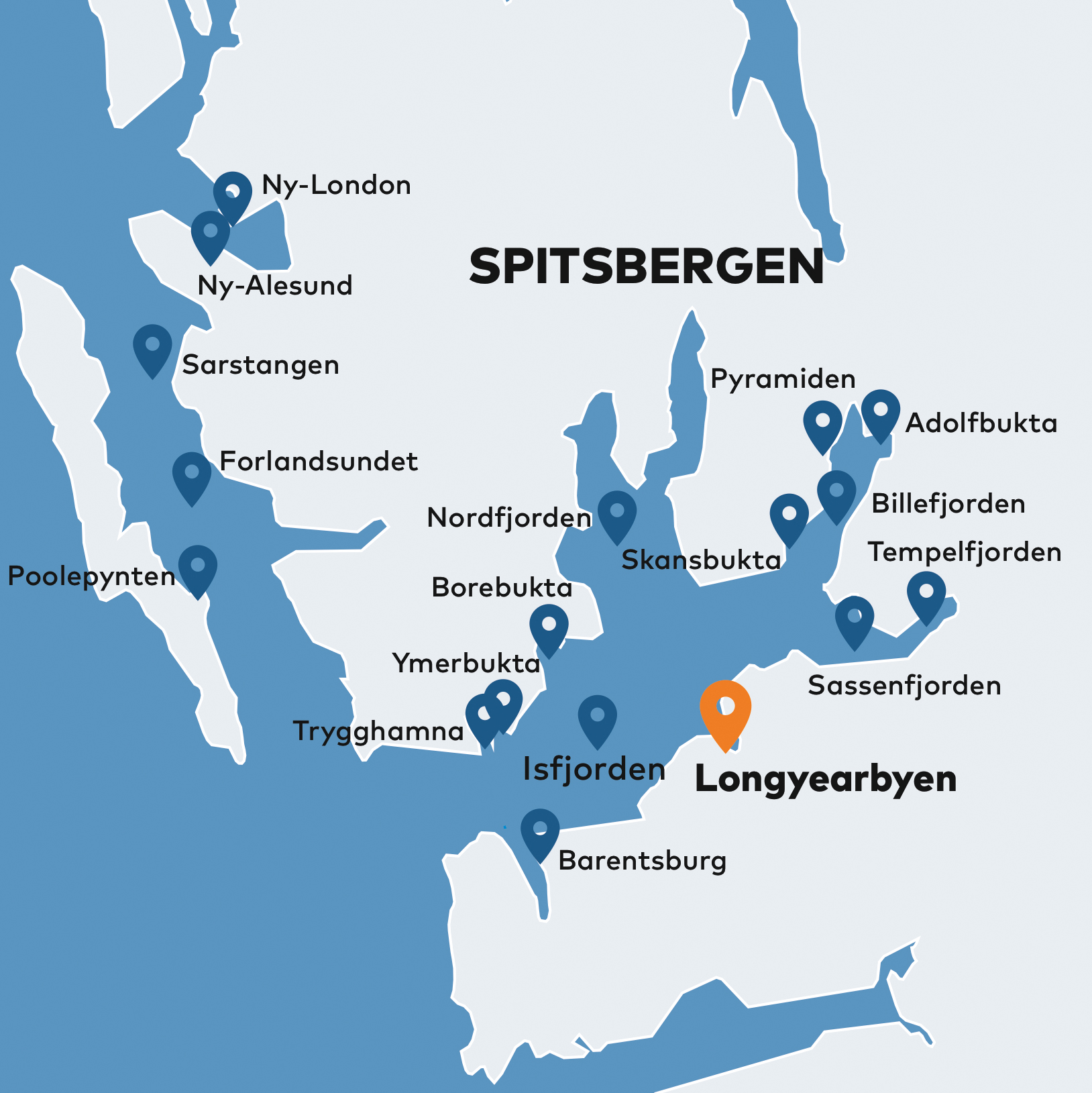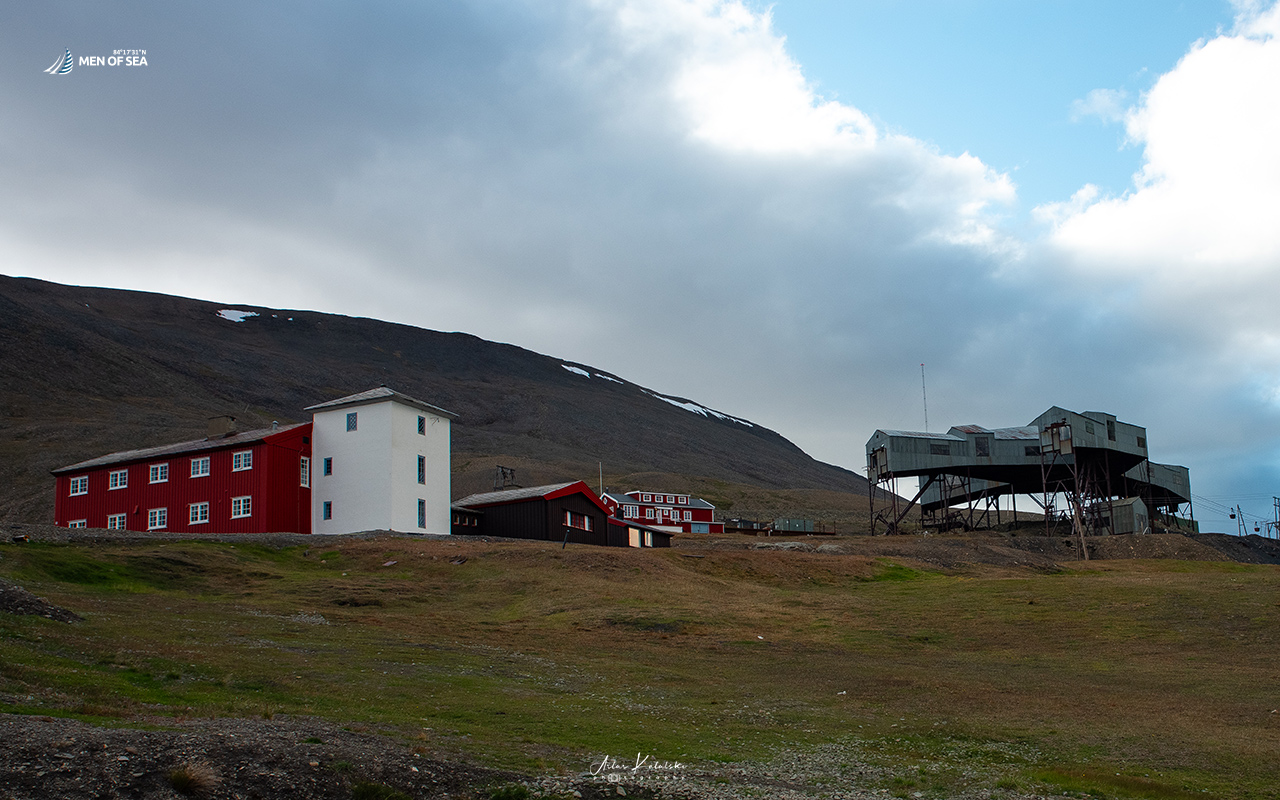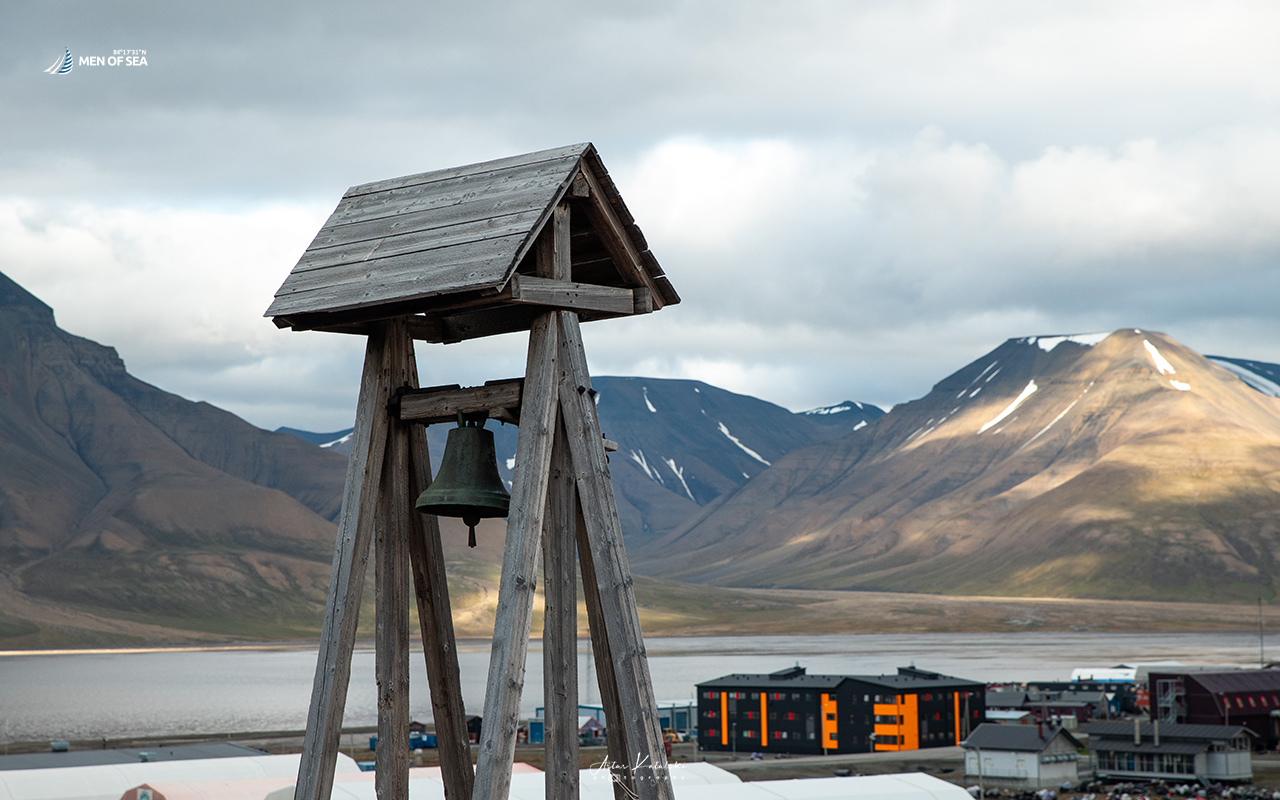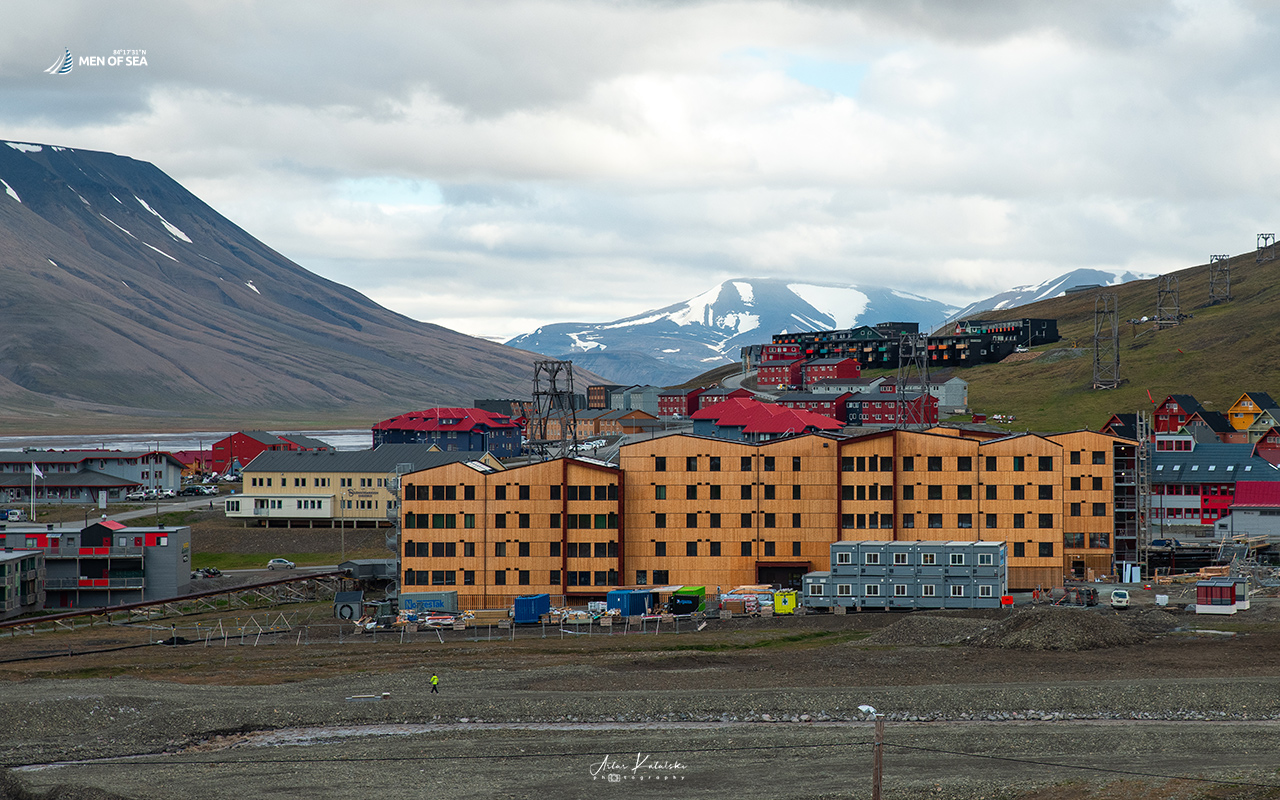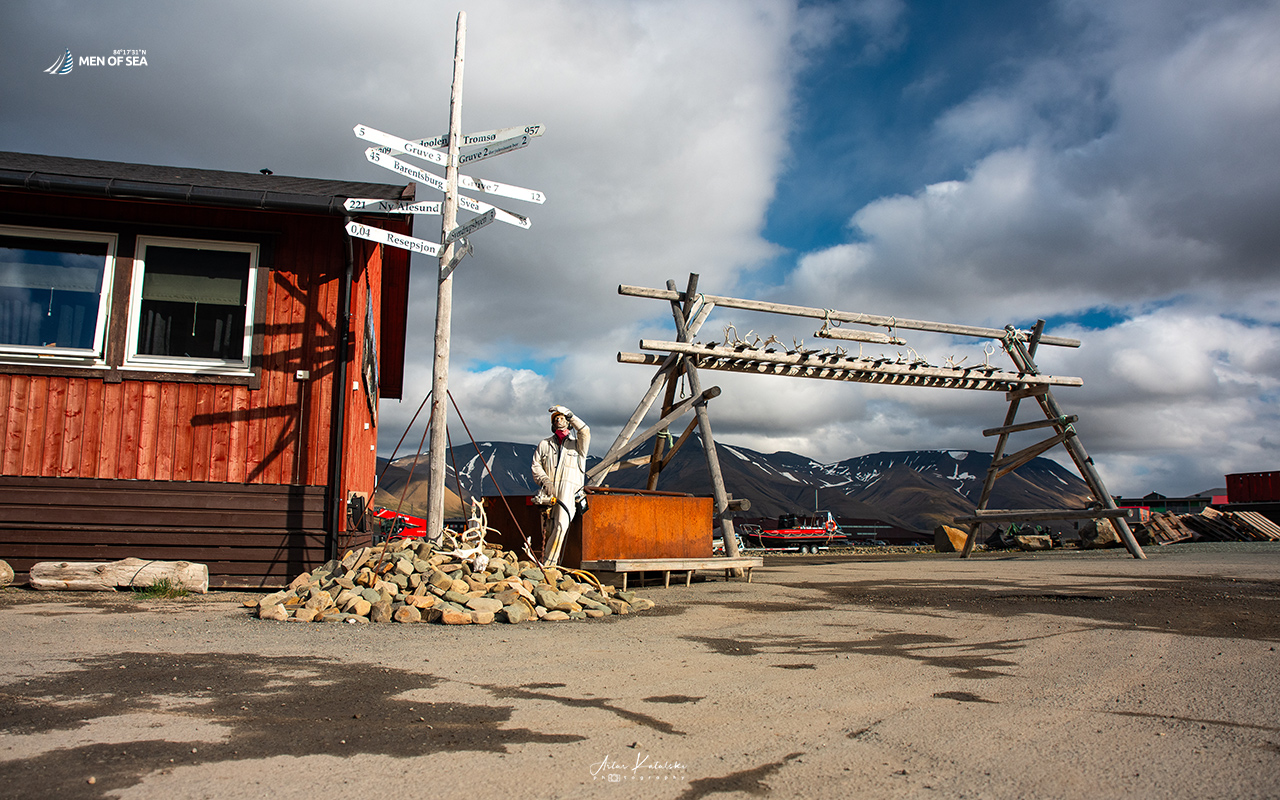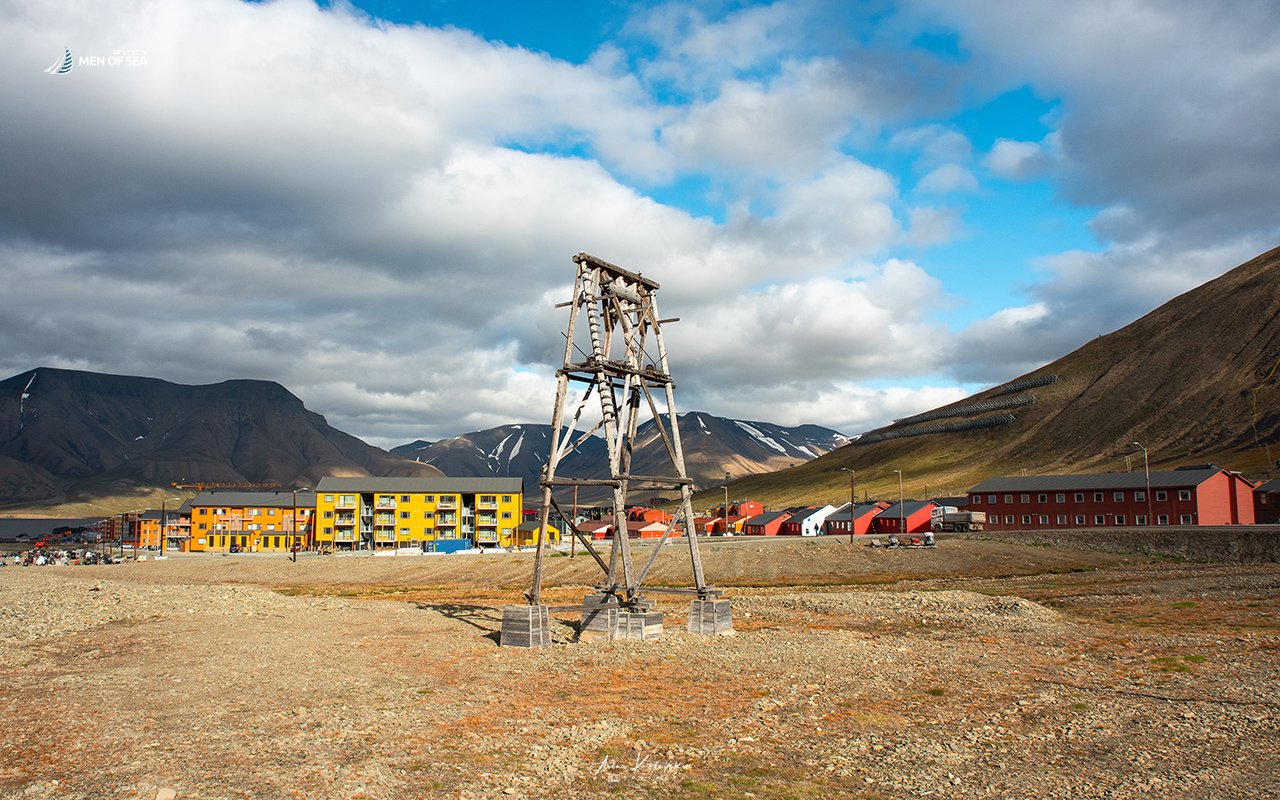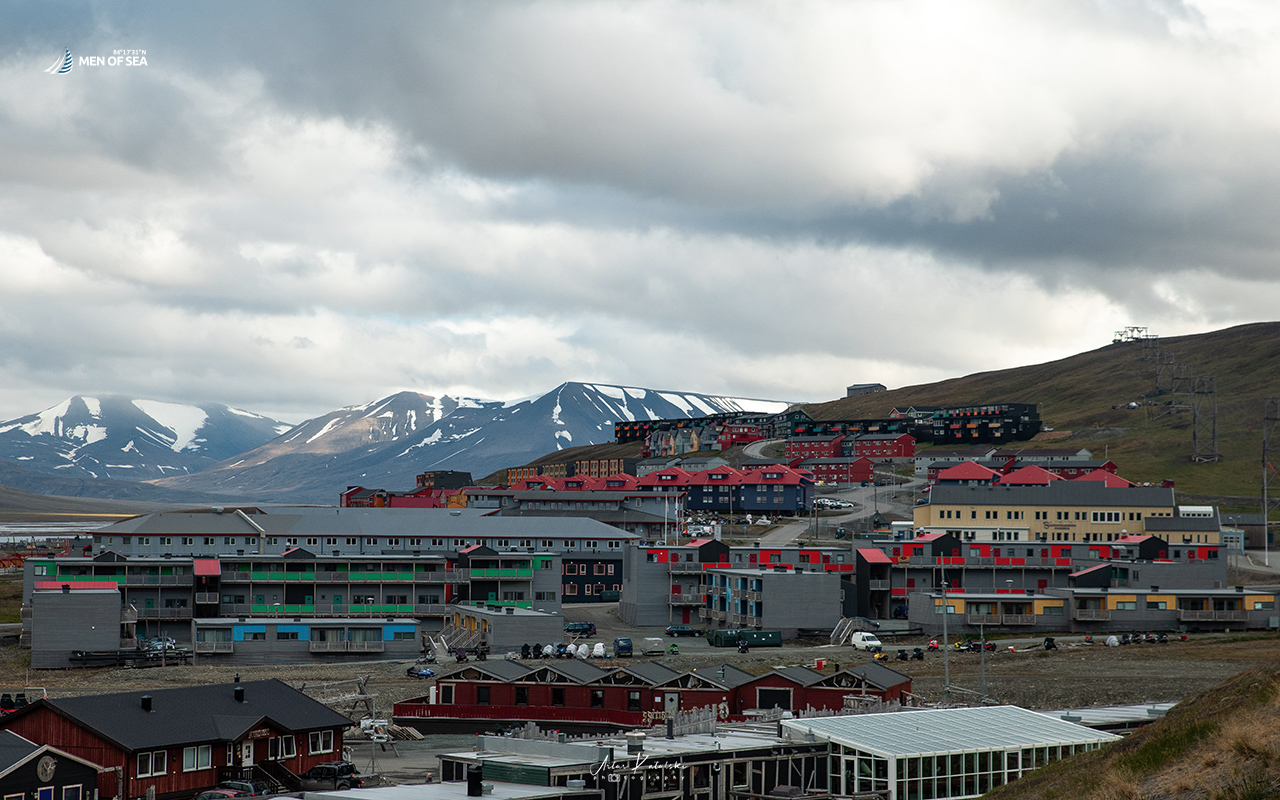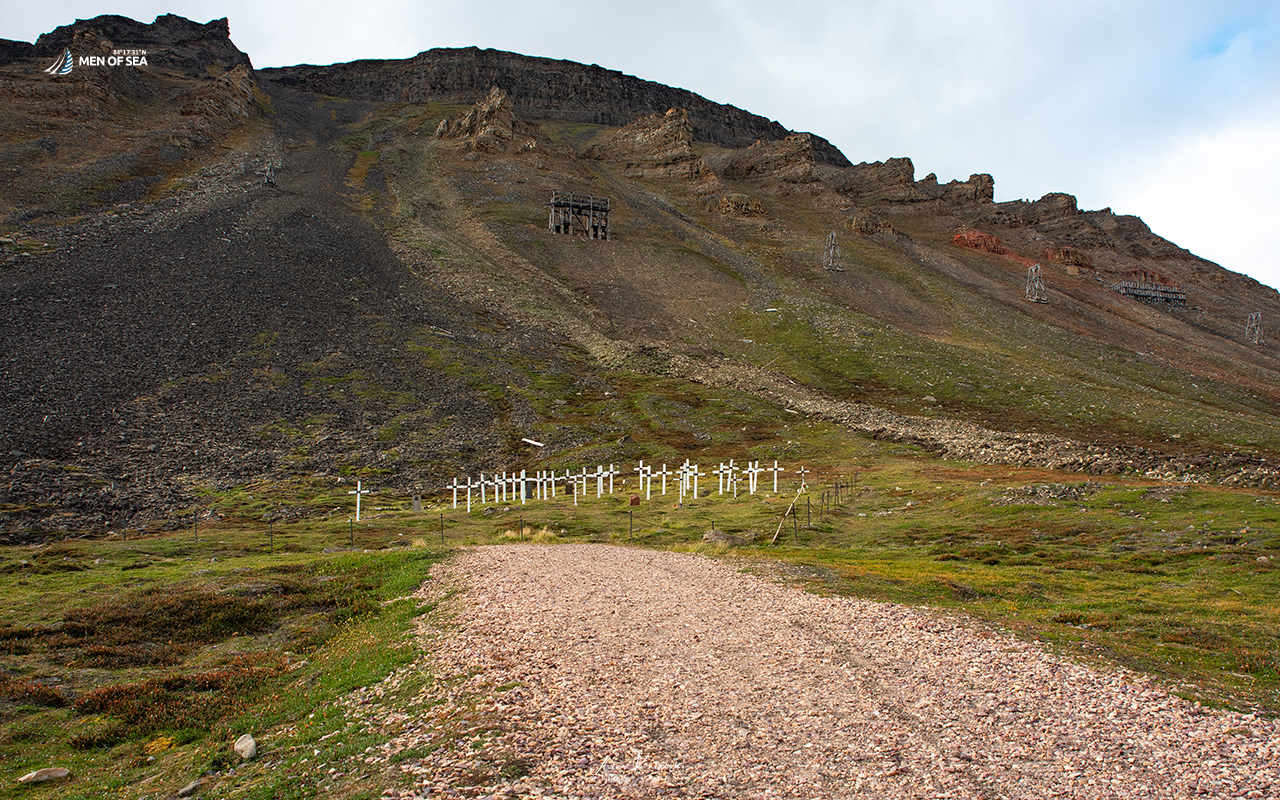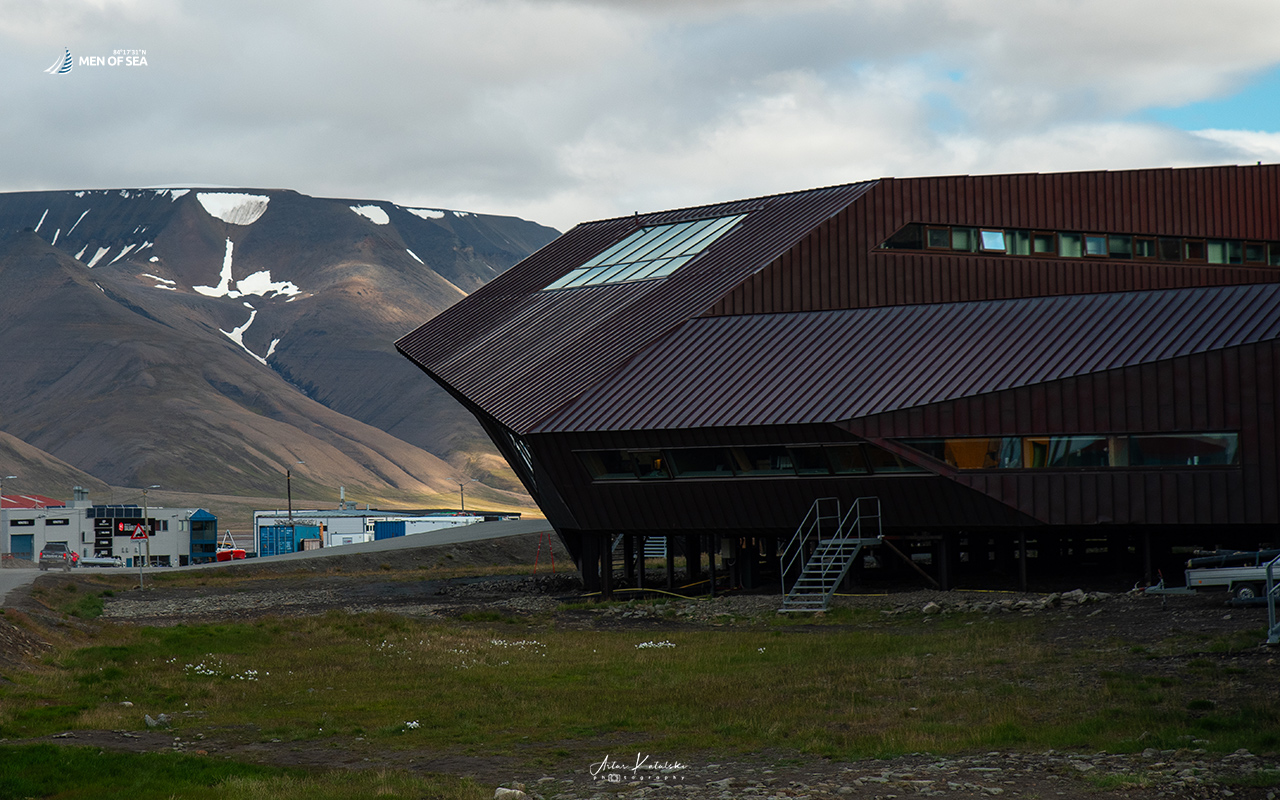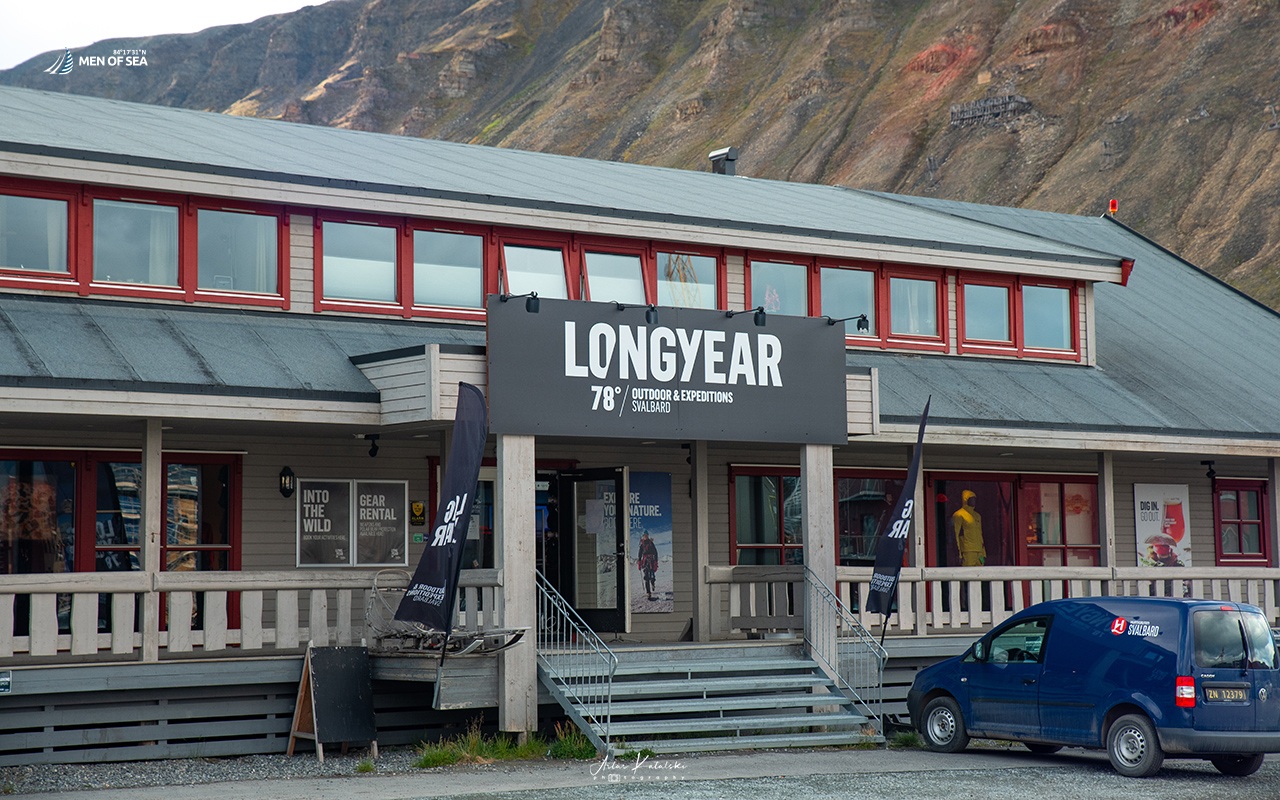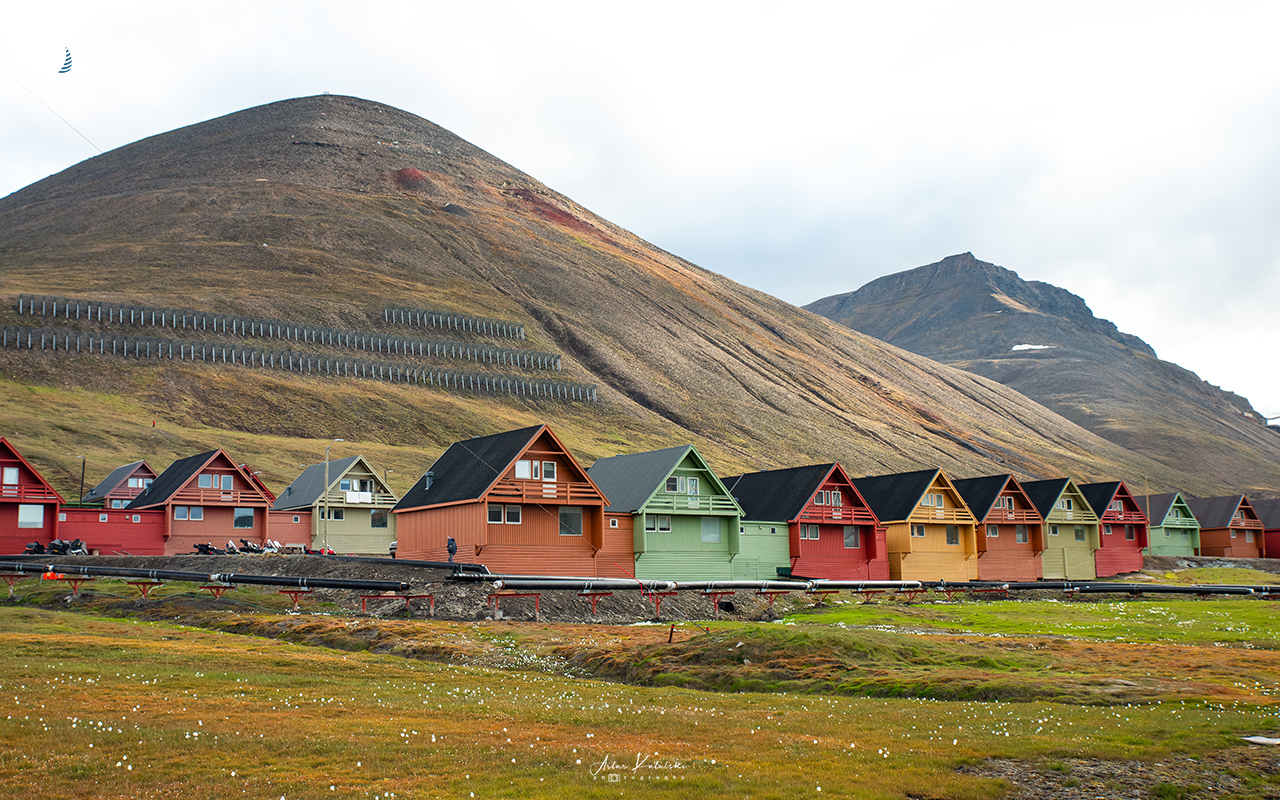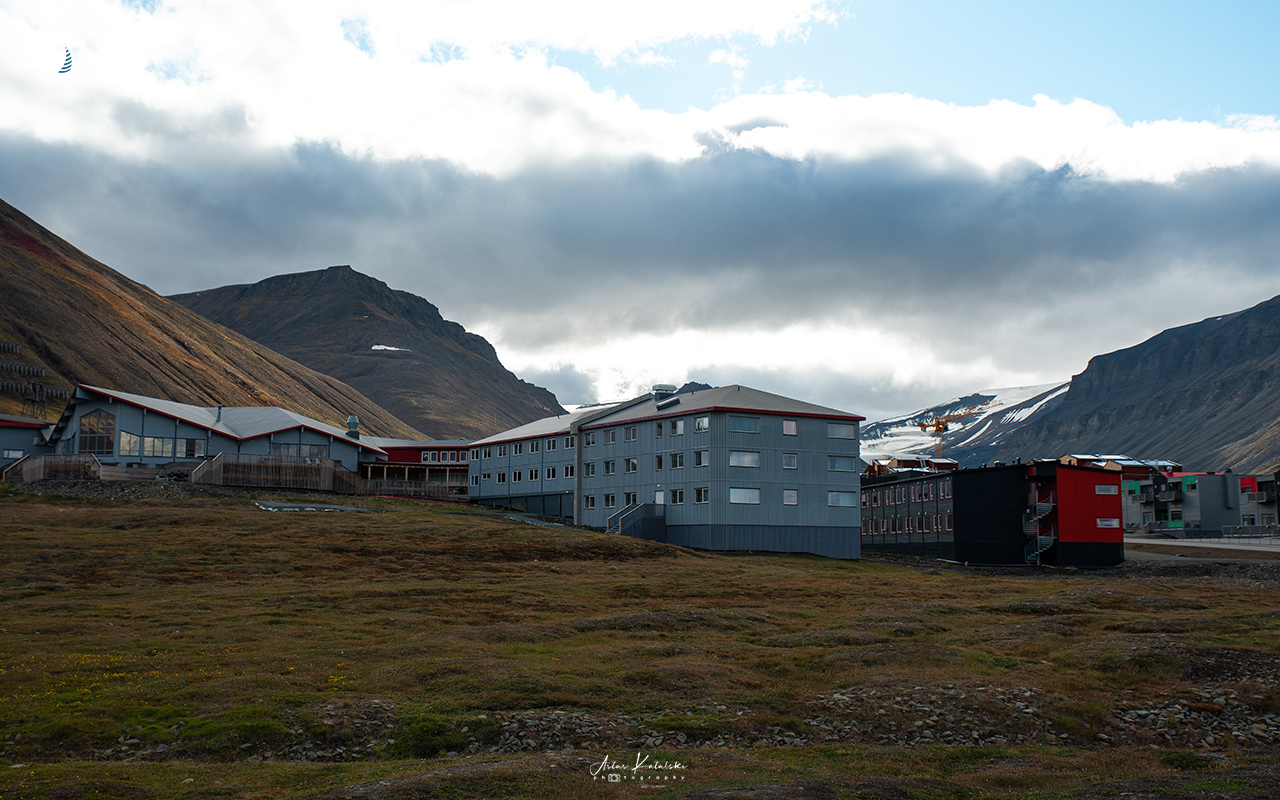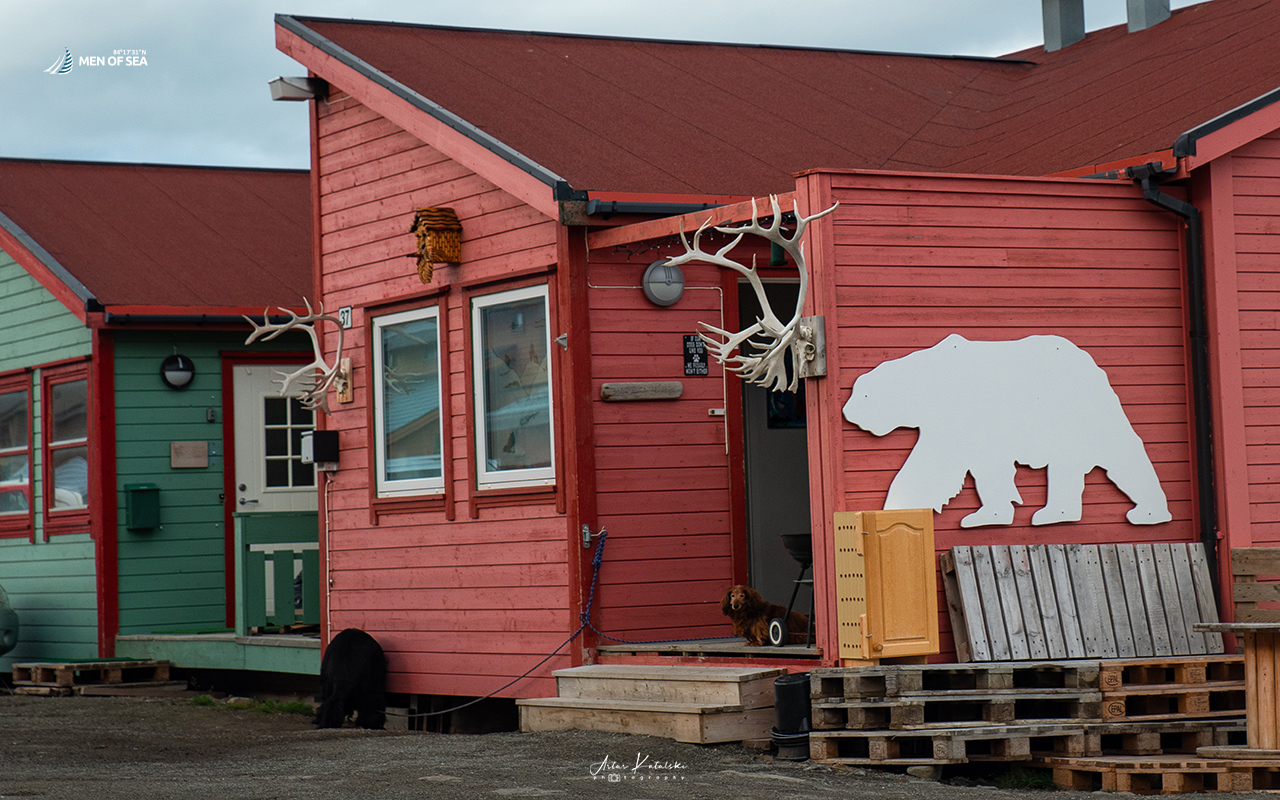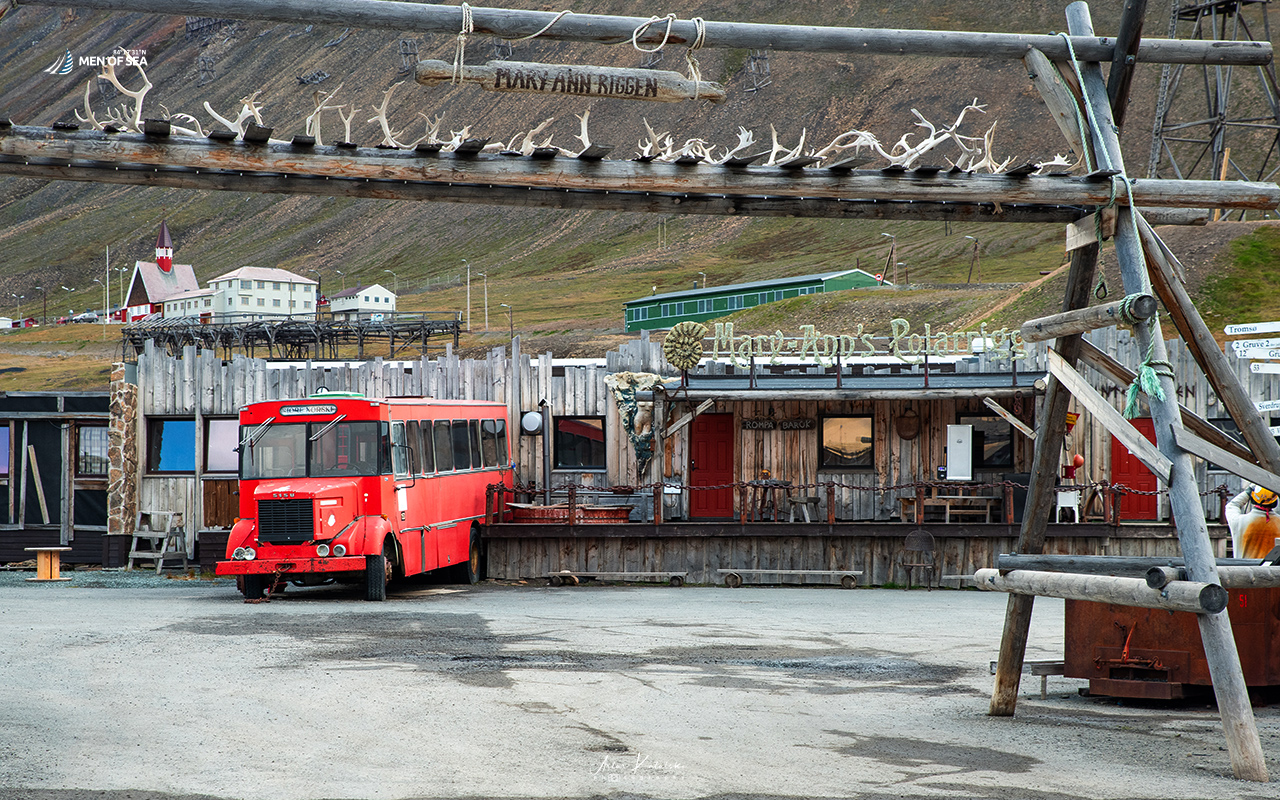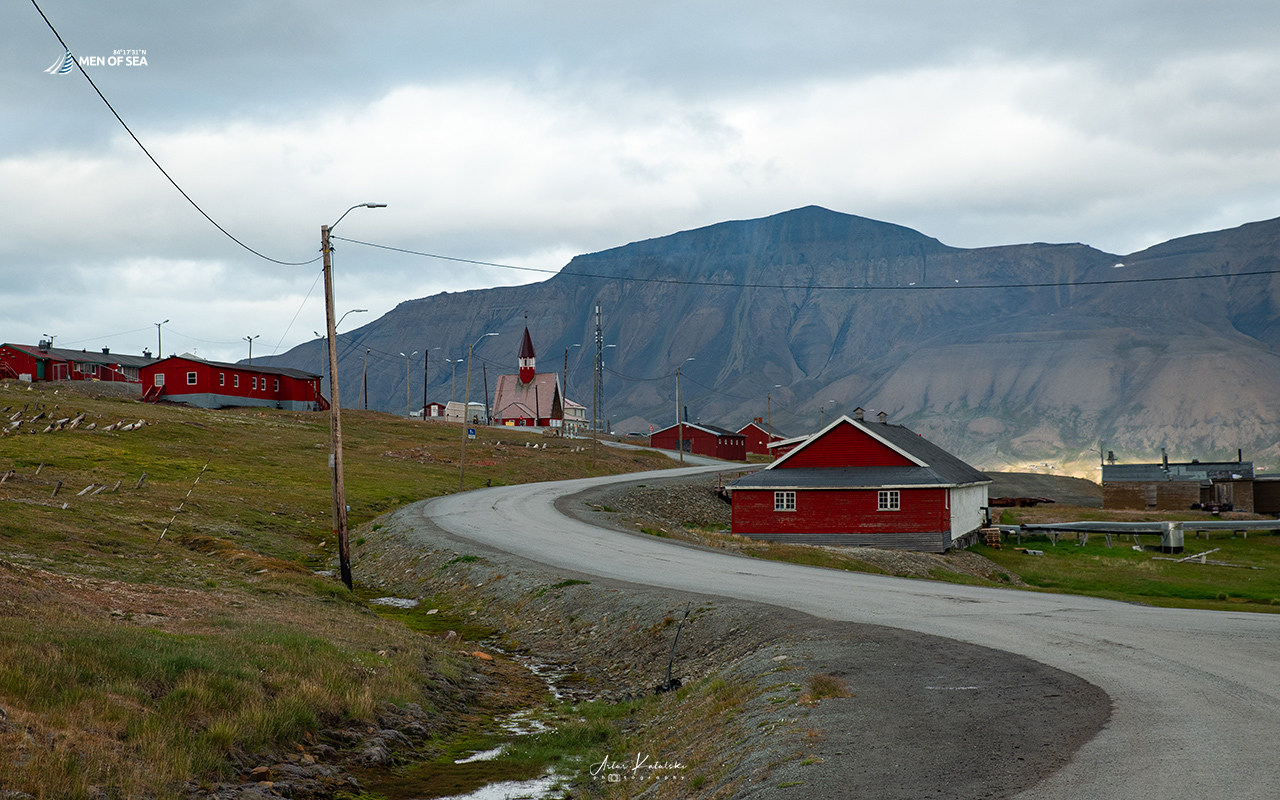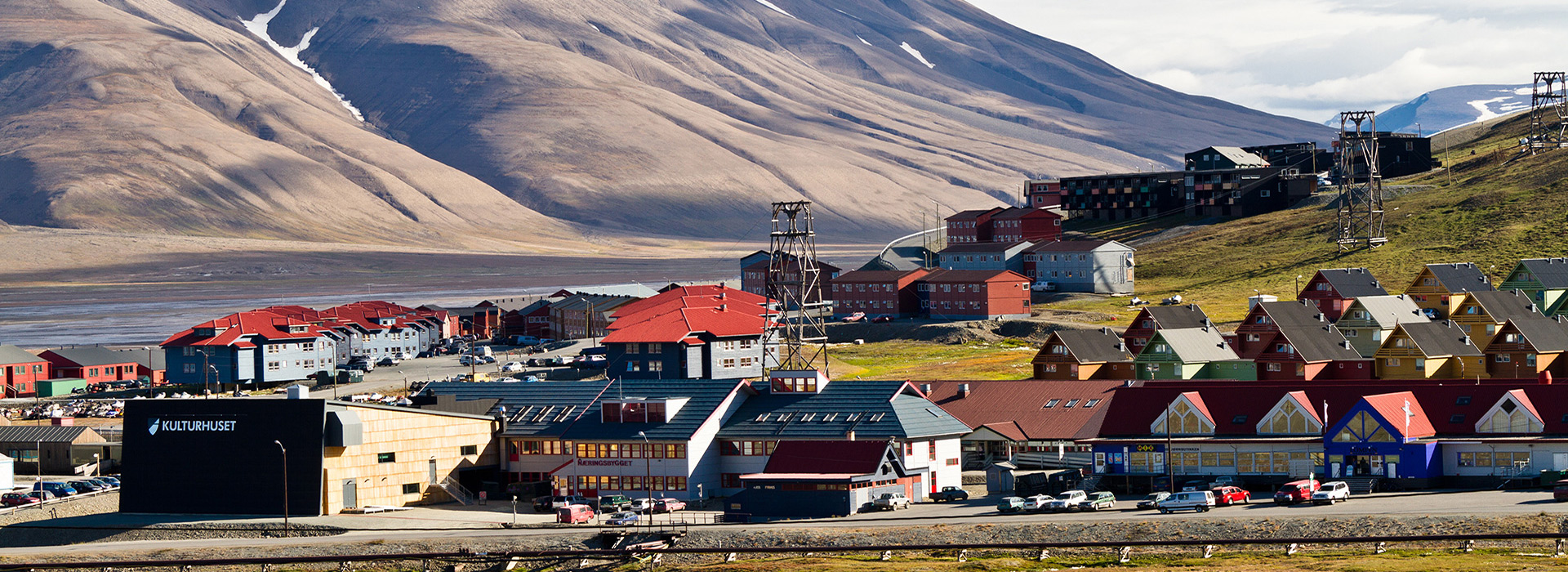
LONGYEARBYEN
Administrative Centre of Svalbard
BASIC INFORMATION
Longyearbyen is the largest town and administrative centre of Svalbard, situated in Isfjorden Bay in the western part of Spitsbergen. In 2005 it had a population of 2144 residents, with Norwegians accounting for 85%, and the remaining 15% comprised immigrants from Thailand, Sweden, Russia, and the Ukraine. Until 1990, it was primarily a mining settlement; later, it evolved into a hub for tourism and scientific research.
Longyearbyen serves as our base in Svalbard. Regular airline flights land at the local airport, bringing participants for our trips. It is where we start and end our journeys on Svalbard.
Against the Climate Odds
Interest in mining began as early as 1900. In 1905, an American businessman John Munroe Longyear and Frederick Ayer founded the Arctic Coal Company here, and the settlement was named Longyear City. The initial miners came from Norway and Sweden, while the managerial staff hailed from the United States or England. Living and working conditions were challenging, with shortages of water and tasty food, which caused frequent strikes. The mine was sold to Norwegians in 1916, and in 1926 the town got its current name. In the 1960s, the mine underwent modernization and later came under government control. Coal is still extracted from Adventdalen, located 15 km away. The mine produces 70,000 tonnes of coal annually, of which 25,000 tonnes supply the Longyear Power Plant, Norway’s only coal-fired power plant.
The town was nearly destroyed during World War II, except for the hospital, power plant, office building, and one residential building. The local cemetery operated until 1950, but when it was observed that bodies did not decompose, it was relocated.
Since the opening of the airport in 1975, the town has transitioned to a more family-oriented character. Private homes, animal farms, radio, TV, followed by kindergartens, fire stations, roads, garbage collection, sewage system, cinema, and library gradually appeared. In 1920, the Norwegian Church sent its first vicar here. Local authorities were elected in 2001.
Longyearbyen is home to the University Centre in Svalbard (UNIS), with approximately 40 lecturers, 120 visiting lecturers, and 350 students. However, the university does not award academic degrees but offers semester courses in biology, physics and geology. The town also hosts the Norwegian Polar Institute and the Governor of Svalbard’s office. It is also worth mentioning that near Longyearbyen there is the Svalbard Global Seed Vault, housing edible plant seeds from around the world. Eventually, it is expected to hold 4.5 million seeds. The vault is located in a tunnel carved in permafrost, maintaining a temperature below zero. There is no electricity or permanent staff there.
Longyearbyen serves as our base during trips on Svalbard. Here, we provision our yacht, and here is where our participants’ trips begin and end. We aim to showcase life in the far North, organizing 1-2 treks and presenting places that still remember the early days of Longyearbyen, when not everything was tourist-oriented.
Trips connected with LONGYEARBYEN

Across the Arctic Seas

12 dni

Animals of Svalbard Photo Safari #1

8 dni

Animals of Svalbard Photo Safari #2

8 dni

Animals of Svalbard Photo Safari #3

8 dni

Spitsbergen in a week #5

8 dni

To the Edge of the North #1

10 dni

To the Edge of the North #2

10 dni

Spitsbergen in a week #6

8 dni

To the Edge of the North #4

10 dni

Spitsbergen in a week #8

8 dni
